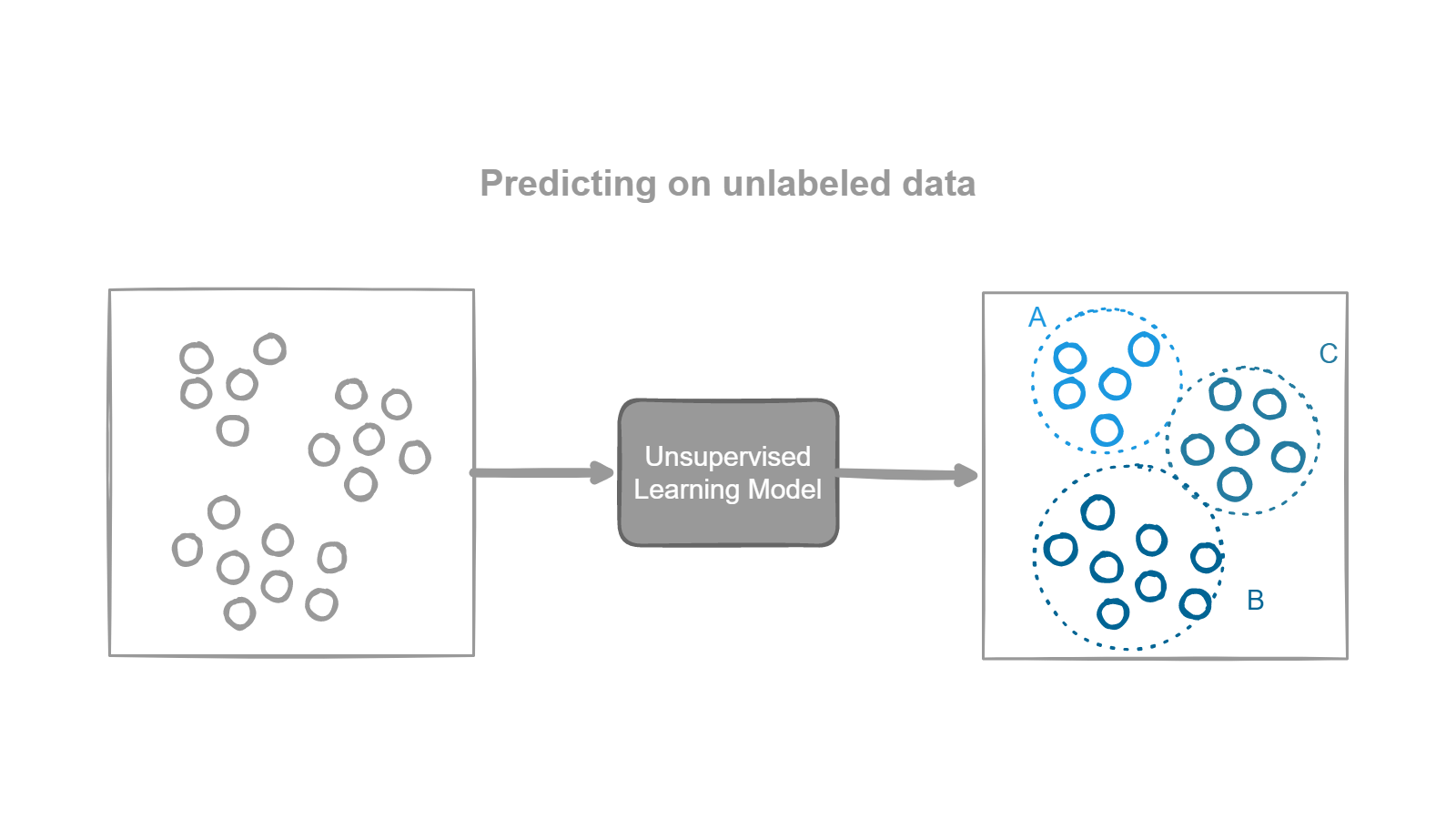What is Unsupervised Learning?
What is Unsupervised Learning?
“In unsupervised learning, as you might guess, the training data is unlabeled. The system tries to learn without a teacher”. — Hands on Machine Learning with Scikit-Learn, Keras and TensorFlow - Aurélien Géron.
Unsupervised learning is a type of machine learning in which the computer is given a dataset without any labeled data, and must find patterns and relationships in the data on its own. Think of it like being dropped in a new city and having to find your way around without any maps or guide. In the same way, the computer has to explore the data and figure out how it is organized without any help.

For example, an unsupervised learning algorithm might be used on a dataset of customer purchase history to find patterns in the data. The algorithm might identify that certain customers tend to purchase certain types of products together, or that certain times of the year are associated with higher sales.
Unsupervised learning is very popular at solving problems like Clustering, Anomaly Detection, Dimensionality Reduction and Association, but it could also solve Recommendation and Ranking problems.
“The goal of an unsupervised learning algorithm is to create a model that takes a feature vector x as input and either transforms it into another vector or into a value that can be used to solve a practical problem.” — The Hundred Page Machine Learning - Perter Norvig.
Unsupervised learning is used in many real-world applications, such as anomaly detection, market segmentation, and data compression. The key to success with unsupervised learning is to have a good understanding of the problem you are trying to solve and to choose the right algorithm for the job.
